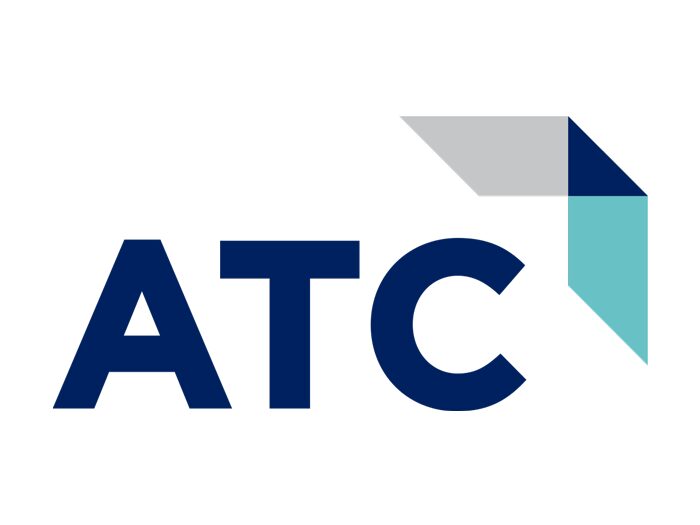
SECaaS Is Where It’s At
(Below is a recent post from IBM’s “Security Intelligence” web site found here.)
In our personal lives, we consume a huge number of services on demand, from music and television to travel and food. As consumers, we expect to be able to access services monthly, paying only for what we need and leaving the complicated details, such as owning physical assets, upgrading software and making improvements, to the experts.
It makes sense that business leaders are beginning to adopt the same approach when it comes to security. Given the fact that the cloud-based security services market was forceast to grow by 21 percent in 2017 and is expected to reach almost $9 billion by 2020, it is clear that chief information security officers (CISOs) now want security delivered as a service.
SECaaS Marks the Spot
The security threat landscape is evolving rapidly, and when organizations are faced with a shape-shifting opponent, they don’t want to wait until their business case stacks up to update their security tools. To stay ahead of the threats, they need the most cutting-edge solutions available.
Security-as-a-service (SECaaS) makes the latest updates available instantly. Such offerings are also flexible, scaling to fit the consumer’s needs with the option to add or take away components as those needs change. This allows CISOs to be more reactive to the shifting security landscape and avoid waste in their limited budgets.
SECaaS also has a shorter time to value and lower upfront cost than traditional security offerings, eliminating the need for investment in capital assets and constant physical maintenance of aging infrastructure. In addition, it’s possible to stage a transition from traditional offerings to SECaaS so that security moves over gradually from capital assets on-premises to the cloud.
Adopting Security-as-a-Service to Address the Skills Gap
The security skills gap is a pressing issue for many organizations, and in-house security professionals must be able to spend their time on the most business-critical tasks. By determining which activities, such as software configuration, maintenance and disaster recovery, can be managed by SECaaS or managed security services (MSS) providers, organizations can better prioritize their limited time and resources.
In the past, the prevailing idea was that you could switch security on and just leave it to work, so a large security team was not a high priority. However, this attitude has changed with the expansion of the threat landscape and the recognition of cybersecurity as an ever-evolving battle against increasingly sophisticated cyber criminals. Companies now need to decide whether to hire more security professionals — a struggle in a market with high demand and scarce skills — or rely more on technology and service providers.










